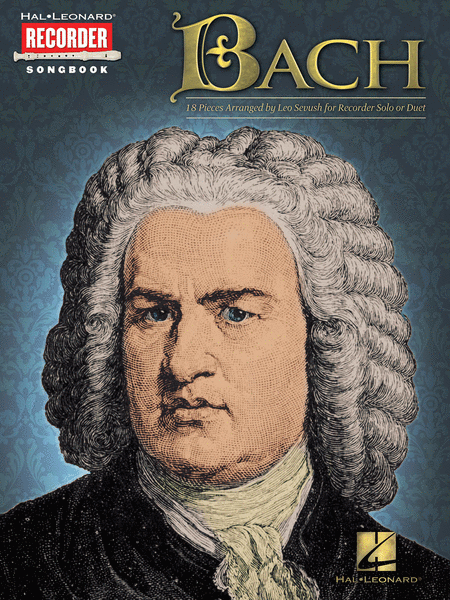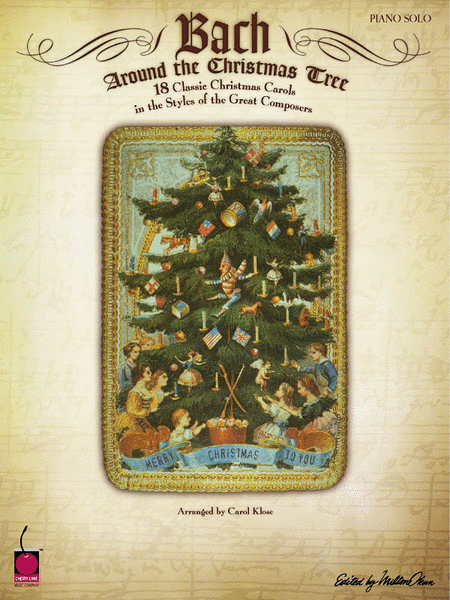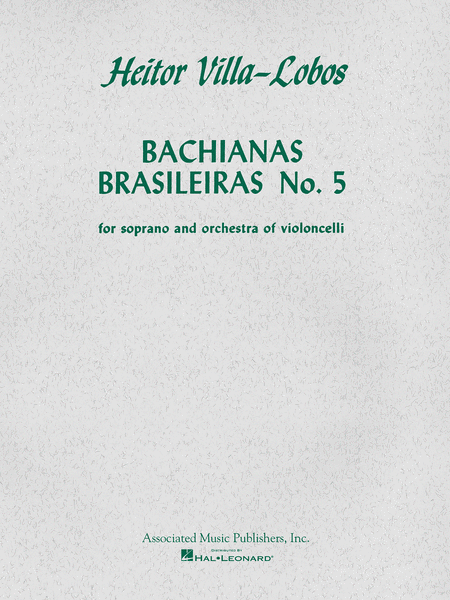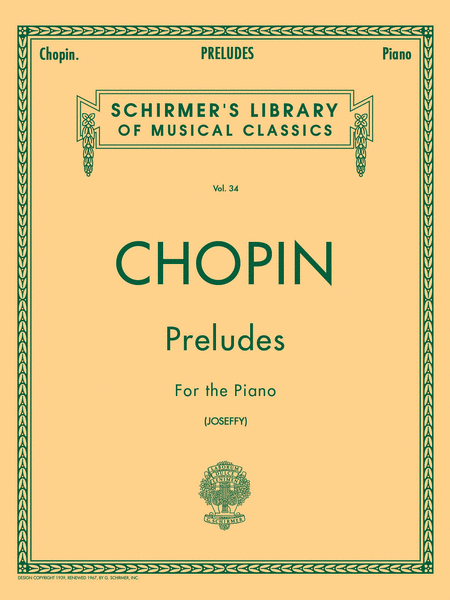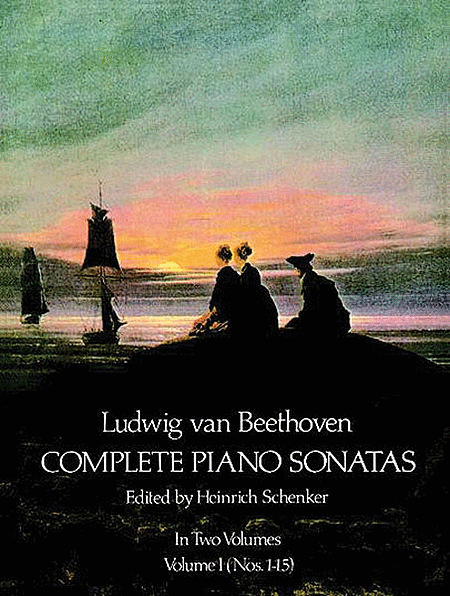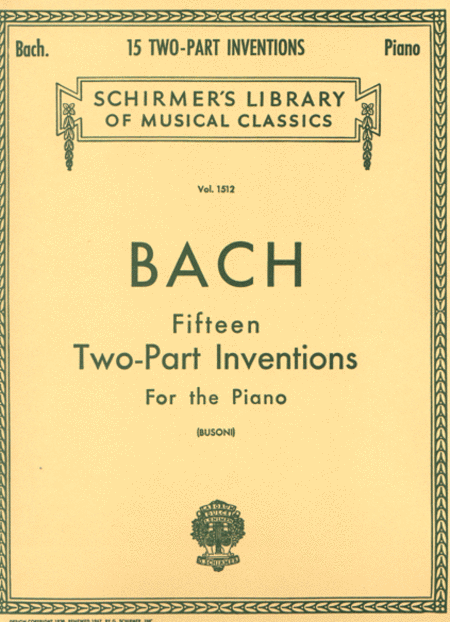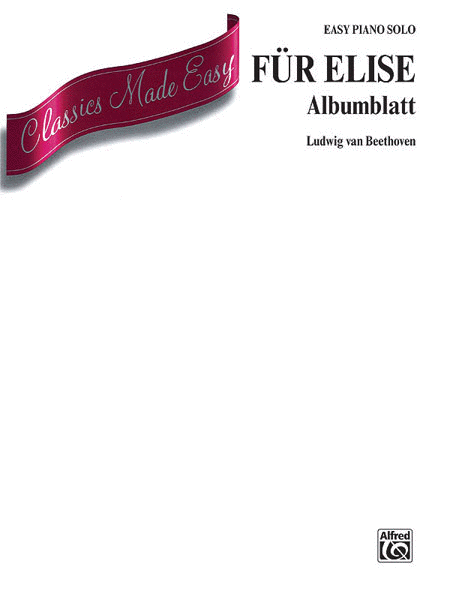Schwingt freudig euch empor (Soar joyfully upwards),
BWV 36,[a] is a church cantata by Johann Sebastian
Bach. He composed it in Leipzig in 1731 for the first
Sunday in Advent, drawing on material from previous
congratulatory cantatas, beginning with Schwingt
freudig euch empor, BWV 36c (1725). The Gospel for the
Sunday was the Entry into Jerusalem, thus the mood of
the secular work matched "the people's jubilant shouts
of Hosanna". In a unique structure in Bach's cantatas,
he interpolated four m...(+)
Schwingt freudig euch empor (Soar joyfully upwards),
BWV 36,[a] is a church cantata by Johann Sebastian
Bach. He composed it in Leipzig in 1731 for the first
Sunday in Advent, drawing on material from previous
congratulatory cantatas, beginning with Schwingt
freudig euch empor, BWV 36c (1725). The Gospel for the
Sunday was the Entry into Jerusalem, thus the mood of
the secular work matched "the people's jubilant shouts
of Hosanna". In a unique structure in Bach's cantatas,
he interpolated four movements derived from the former
works with four stanzas from two important hymns for
Advent, to add liturgical focus, three from Luther's
"Nun komm, der Heiden Heiland" and one from Nicolai's
"Wie schön leuchtet der Morgenstern". He first
performed the cantata in its final form of two parts,
eight movements, on 2 December 1731.
The cantata is unique in Bach's church cantatas in its
structure of arias combined with chorale instead of
recitatives. Performed one week after Wachet auf, ruft
uns die Stimme, BWV 140, it shows Bach's emphasis on
the chorale even beyond his second cycle of chorale
cantatas, begun in 1724.
The opening chorus is opened by a ritornello, dominated
by two contrasting motifs: the strings play a short
rising figure in triplets, the oboes d'amore play an
expansive melody. As in the secular model, the movement
is in two similar parts, each consisting of two
contrasting sections, "Schwingt freudig euch empor zu
den erhabnen Sternen" (Soar joyfully upwards to the
exalted stars) and "Doch haltet ein!" (Yet stop!). The
bass voice, the lowest register, enters first, followed
by the tenors, altos, and sopranos. This ascending
sequence also reflects the text: "soaring aloft",
literally "swinging upward".
All three settings of the stanzas from Luther's chorale
are different, beginning with a duet for soprano and
alto for the first stanza. The voices are doubled by
the oboes d'amore and render the text in sections of
different length, with sixteen measures for the final
"Gott solch Geburt ihm bestellt" (that God had ordained
such a birth for Him). Alfred Dürr notes the
expressiveness of the music, especially in leaps of
sixths on the urgent request "nun komm" (now come),
syncopated rhythm on "des sich wundert alle Welt" (over
whom the whole world marvels), and daring chromatic on
the final line. The tenor aria reflects "Die Liebe
zieht mit sanften Schritten" (Love approaches with
gentle steps) with oboe d'amore as obbligato
instrument, "the traditional musical symbol of love",
alluding to the concept of Jesus as the bride-groom and
the Soul as the bride, which is also the base for
Nicolai's hymn that closes part I in a "rousing
four-part harmonisation".
The bass aria beginning part II, "Willkommen, werter
Schatz!" (Welcome, worthy treasure!) shows "echoes of
the first movement" and avoids a regular da capo
structure. The bass voice is the vox Christi,
addressing the bride. The welcoming gesture from the
secular cantata seems appropriate for the expressed
sentiment. The next hymn stanza, "Der du bist dem Vater
gleich" (You who are like the Father), the sixth stanza
from Luther's hymn "dealing with the sins of the flesh
and Christ's mission to redeem humankind", is marked
"molt' allegro". The tenor sings the chorale melody
unadorned as a cantus firmus, but the oboes d'amore
play with "the urgent surging of semi-quaver activity".
Dürr sees the expression of "Kampf und Sieg des
Gottessohnes" (fight and victory of the Son of God)
over "das krank Fleisch" (weak/sick flesh) of man.
Gardiner compares it to a trio sonata movement. He
terms the last aria "a berceuse of pure enchantment"
and compares it to the "echo aria" from part IV of
Bach's Christmas Oratorio. The text "Auch mit
gedämpften, schwachen Stimmen" (Also with muted, weak
voices) is illustrated by a muted (con sordino) solo
violin. The closing choral, the final stanza of
Luther's hymn, "Lob sei Gott dem Vater ton" (Praise be
to God, the Father) is a four-part setting.
The cantata is scored for four soloists—soprano,
alto, tenor and bass—a four-part choir, two oboes
d'amore, two violins, viola and basso continuo. It is
structured in two parts of four movements each. Its
interpolation of chorus and arias with chorales is
unique in Bach's cantatas.
Source: Wikipedia
(https://en.wikipedia.org/wiki/Schwingt_freudig_euch_em
por,_BWV_36).
I created this arrangement of the first Aria: "Die
Liebe zieht mit sanften Schritten" (Love approaches his
beloved) for Acoustic Piano.


